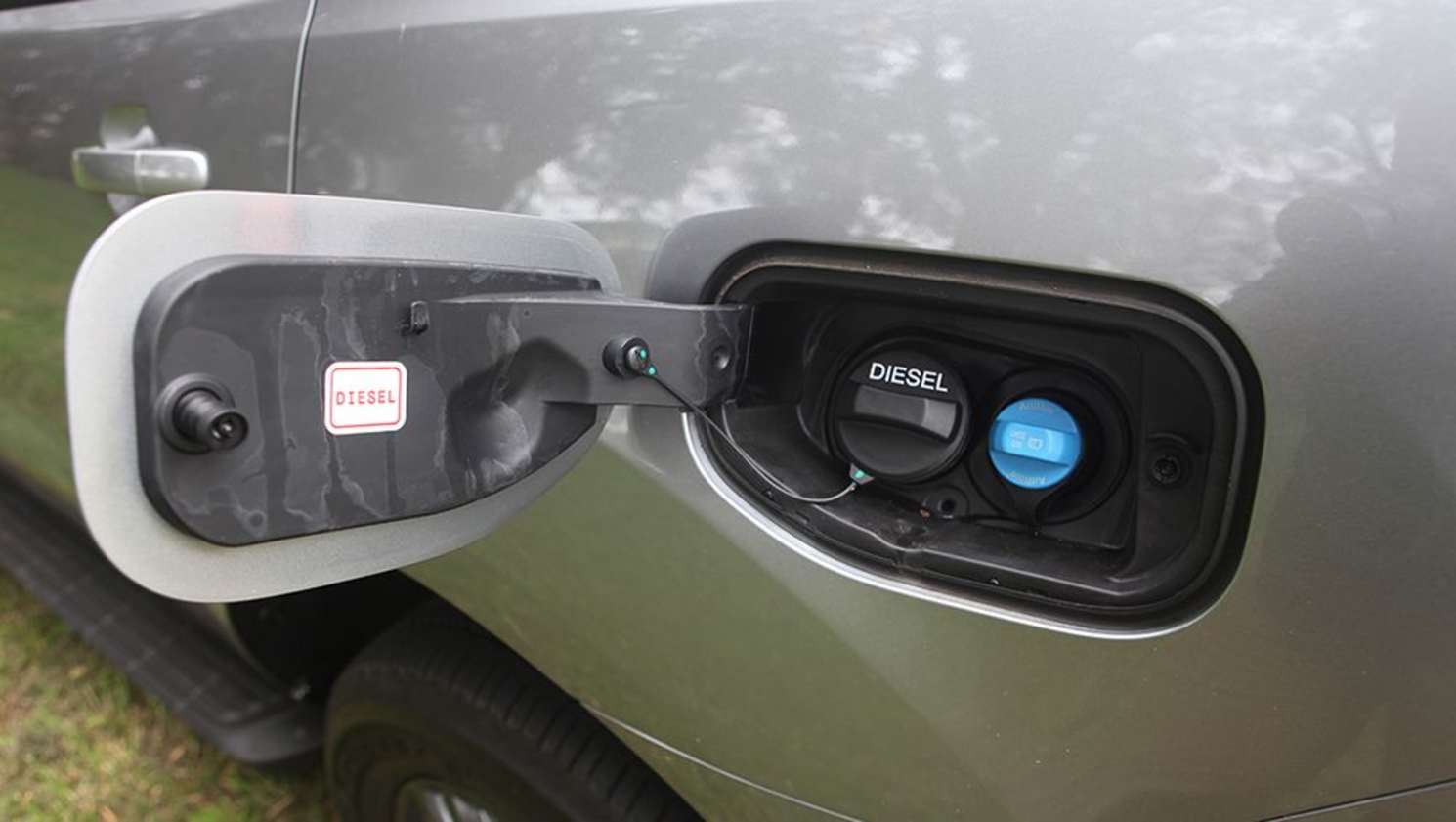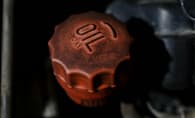What is AdBlue?
In simple terms, AdBlue is a liquid designed to reduce the amount of emissions generated from modern diesel engines. Technically-speaking, AdBlue is a solution made from 32.5 per cent urea and 67.5 per cent deionized water.
What it does, is it works to help reduce the amount of nitrogen oxide (NOx) in a diesel engine through a process called selective catalytic reduction (SCR).
Is AdBlue a brand name?
AdBlue is the generic marketing name for the product more technically known as diesel exhaust fluid (DEF). The term AdBlue is actually trademarked by the German Association of the Automotive Industry.
It can sometimes also be referred to as AUS 32, which stands for Aqueous Urea Solution 32 per cent.
What is AdBlue made of?
.jpg)
As explained above, it consists of a combination of 32.5 per cent urea and 67.5 per cent deionized water. Urea, also known as carbamide, is a nitrogen rich compound that can be either produced organically or manufactured.
It can be found in urine most commonly, but is also produced by some moulds and fungi. The human body produces urea from the liver, when it breaks down proteins and amino acids.
However, the urea used for AdBlue is typically synthetic and not commonly made from urine, as is often claimed.
What is AdBlue used for and why is it necessary?
The purpose of AdBlue is to break down the harmful gases in the exhaust system. While many diesel cars don't use AdBlue, the Euro6 emissions standard made it very difficult for carmakers to meet the standard without it. That has meant the system has become increasingly common, particularly amongst modern European diesel vehicles.
How does AdBlue work?
.jpg)
It isn't injected into the engine or mixed with the diesel, as you may think given the AdBlue filler is typically located next to the fuel filler in your vehicle.
Instead it gets injected into the exhaust system under pressure to create a chemical reaction that reduces the amount of NOx the car produces at the tailpipe. This is the selective catalytic reduction process (SCR).
The SCR is when the AdBlue is injected into the hot exhaust gases, the water in the solution evaporates and the urea thermally decomposes which forms ammonia and isocyanic acid. The isocyanic acid then reacts with the water vapour and hydrolyses to carbon dioxide and ammonia. Once this happens the ammonia reacts with the oxygen and reduces the amount of nitrogen oxides in the exhaust.
How long does AdBlue last before it runs out?
That will depend on a variety of factors, including the type of vehicle you drive, the size of the AdBlue tank and how much driving you do. On average though, most cars are fitted with a 10-litre AdBlue tank and use around one litre of solution every 900-1000km.
While that should mean a tank will last approximately 10,000km, it’s recommended that you fill up your AdBlue tank every 8000km to avoid running out. Most cars will display a warning light that the tank is getting low, so you should have plenty of warning.
What happens if you don't use AdBlue or the AdBlue runs out?
.jpg)
Your vehicle’s performance will diminish with many modern cars designed to enter a ‘limp-mode’ if there is no AdBlue available. In many instances modern diesel cars will simply not start if the AdBlue tank is empty.
How available is AdBlue and where can you buy it from?
AdBlue is typically widely available to buy at a variety of locations, including service stations and automotive parts stores. You’d also find it at car dealers (assuming they sell models that use the system).
It’s worth noting, you cannot buy it at hardware stores, such as Bunnings and Mitre 10, or department stores such as Kmart and Target - unless your local store has a specific motoring department.
Like many products during the global pandemic, urea was in short supply as China is a world leader in producing the compound. That has meant AdBlue has also become harder to find at times in Australia.
Given heavy vehicles, such as trucks, often require AdBlue, this has put a strain on the transport industry as well as private diesel vehicle owners.
How much does AdBlue cost?
At the time of publication, AdBlue was selling at Australia’s popular automotive parts stores for between $60-$65 for a 10-litre container, with a one-litre bottle selling for between $12-$16.





.jpg)
.jpg)

.jpg)

.jpg)

.jpg)





.jpg)



.jpg)
.jpg)



.jpg)